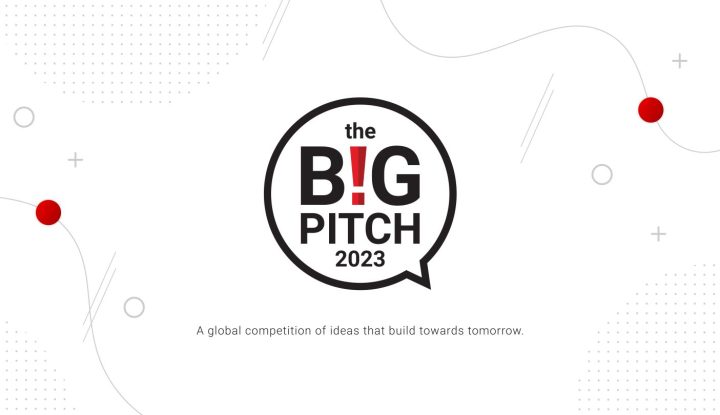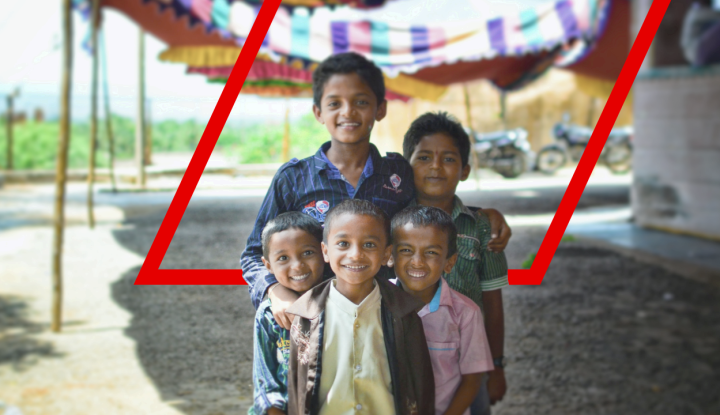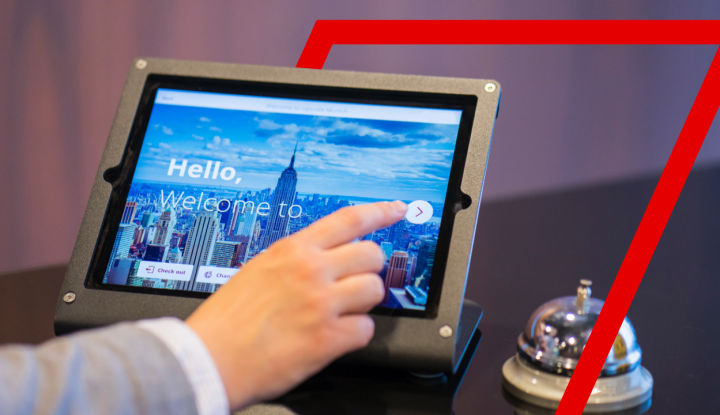So a chatbot lives inside Slack but Slack does not live inside a chatbot.The tech-topian vision is complete removal of humans, so the robots can do all the work with none of the payroll. Yet that vision remains elusive, as there are limitations in the way that robots understand human conversation. As technology matures (known as deep learning and natural language processing), chatbots will evolve to replace customer service agents. Driven by lower costs, higher accuracy, and consumer expectations of self-service, businesses will shift resources from people to bots. So now we know what a chatbot is, what it does, and where it’s headed. In order to understand the potential impact of chatbots in travel, it’s helpful to consider current applications of the transformative technology.
1. Chatbot as reservations agent
Corporate travel for small-to-midsized businesses is not the easiest. There are fewer resources dedicated to helping travelers. This makes searching for travel challenging. For hotels, there’s also a cost associated with each call made to a reservations line. A chatbot can manage straightforward booking requests, as well as post check-in communications. The guest is used to communicating via text, and so this makes it a familiar way to talk to the hotel. Both the hotel and the guest experience greater efficiency and lower discomfort. Examples of this type of chatbot include Booking.com, Checkmate and Starwood Hotels. Other bots take a deep learning approach, using intelligent search to personalize search results.Halfway is a Slack bot for groups that surfaces bargains and relevant travel suggestions. To dive a bit deeper into the travel apps available on Slack, here’s the full list.2. Chatbot as disruption manager
Disruptions are a pricey part of running an airline. It’s when things go wrong that travelers take to social media to complain. Twitter emerged as an outlet to publicly vent frustrations, calling out airlines for poor service. While airlines tried to move these cases into private communications, it was not always easy. Chatbots alleviate some of that public pressure, offering travelers a quick and comfortable communications channel. Airlines can then use natural language processing to prioritize communications. For example, KLM now handles many requests via Messenger. So rather than searching for a contact number, the traveler simply uses the Messenger app. By quickly and privately addressing disruption-related complaints, airlines regain some control as they work on a remedy.3. Chatbot as OTA
Slack has become one of the most popular real-time communication tools for businesses of a certain type. The employees at these tech-forward are able to use travel bots to search and book travel without having to leave Slack. One example of this is Hipmunk’s chatbot, which can be used on Slack and Messenger. Hipmunk CEO points to reducing the number of searches a traveler makes as a key utility to the bot, saying that “the average traveler runs 20 searches when planning a trip.” The app is able to read some natural language, such as a “beach vacation” or a “romantic weekend escape.” These become trigger words for Hipmunk to search its database for destinations that meet the city pairs, date and trip type.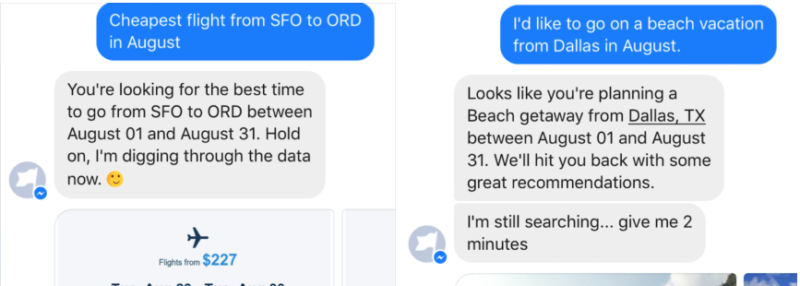
Hipmunk’s chatbot for Slack and Messenger
4. Chatbot as local insider
It’s nearly impossible to wade through the amount of expert advice and traveler-generated content when planning a trip. That leads many travelers to turn to social media for recommendations. Yet that’s imperfect as well, given that the right person with the best advice might never see the request for recommendations. Enter Taylorbot, the “travel assistant powered by A.I.” The chatbot takes in content from nearby locations and can recommend places to go based on preferences. Assist is another chatbot that helps travelers out. The bot combs through all open APIs to deliver assistance on various activities. Rather than download an app for everything, the pitch here is that the chatbot can help book hotels, find restaurants and get food delivered. It’s basically like a metabot for any app that has an API. As Facebook encourages more bots on Messenger, there’s some real automation to the ‘travel like a local’ mantra.5. Chatbots as the interface for mobile
The main conclusion to make from the rise of the chatbot in travel is that chatbots are made for mobile. Travel has struggled to find a way to present complex search results in a streamlined way on a smartphone. A lack of relevancy and overload of options turned away many would-be mobile bookers. The chat interface paired with natural language processing makes for a far more effective, and satisfying, travel booking experience on mobile.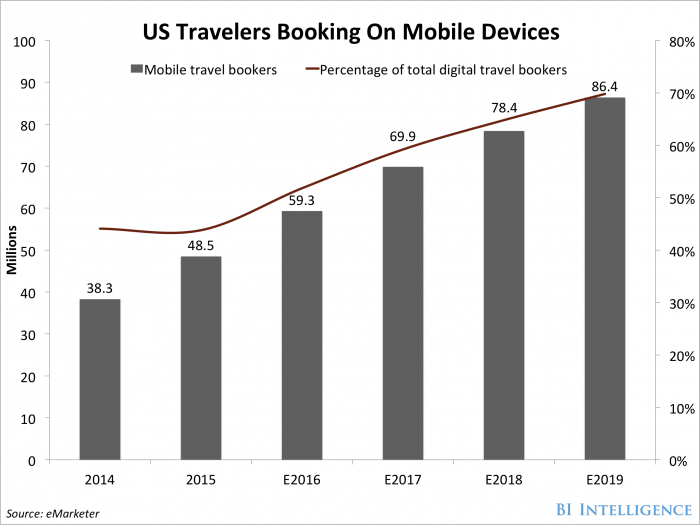
Easy-to-use chatbots will drive digital bookings of travel into the clear majority by 2017.

